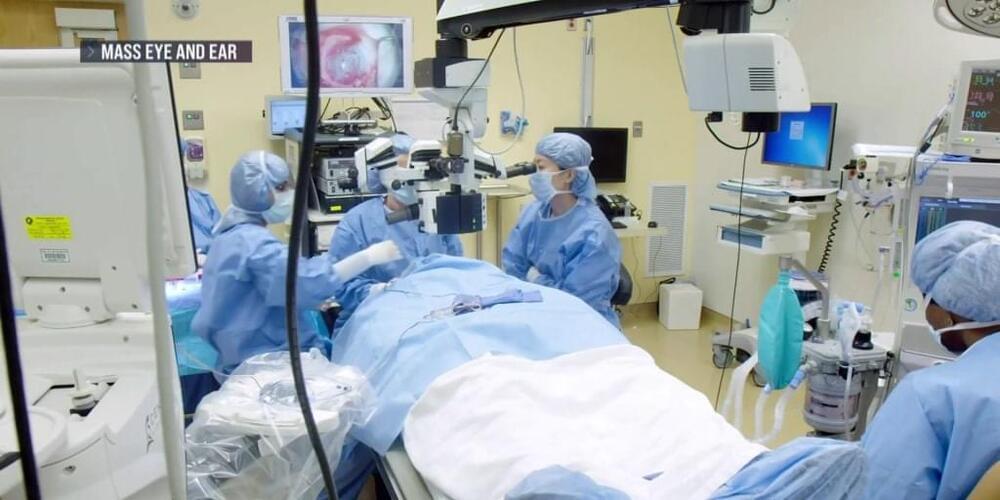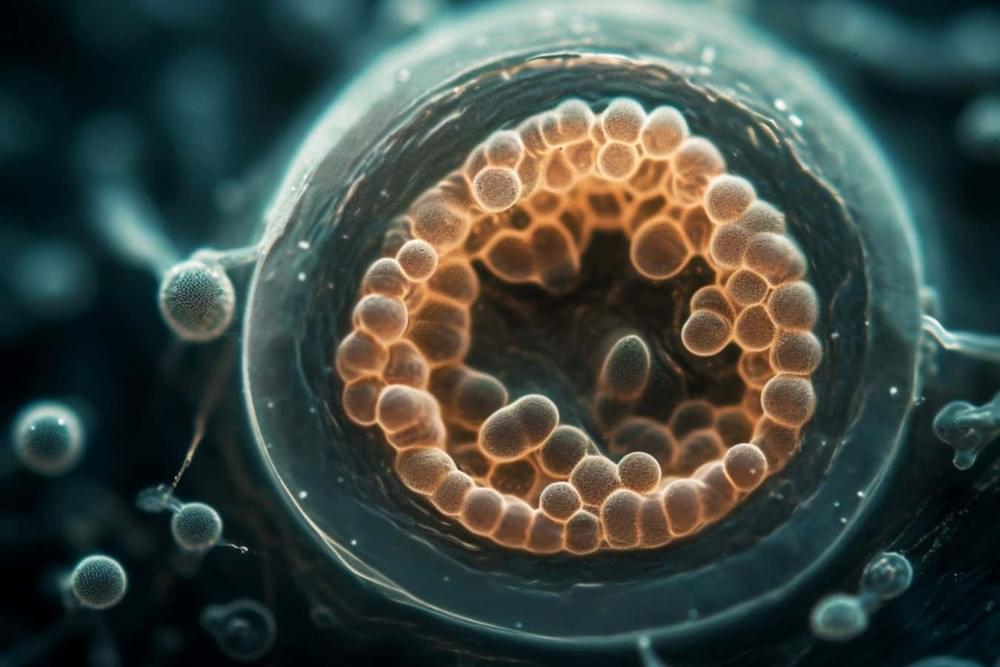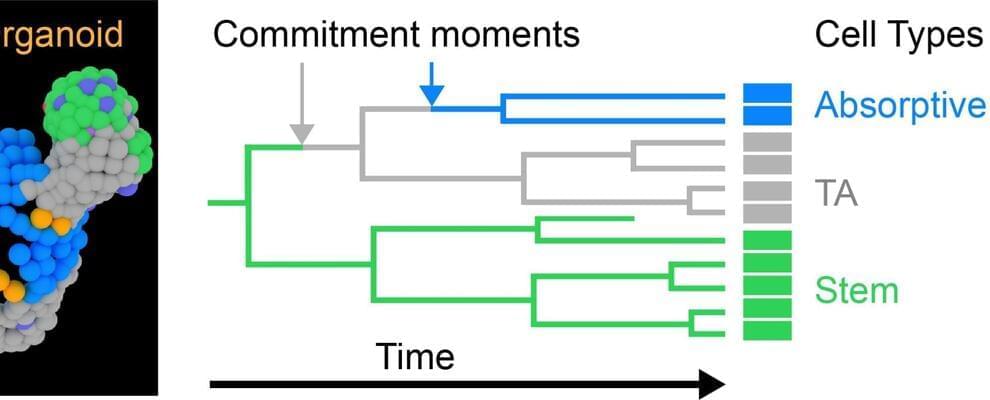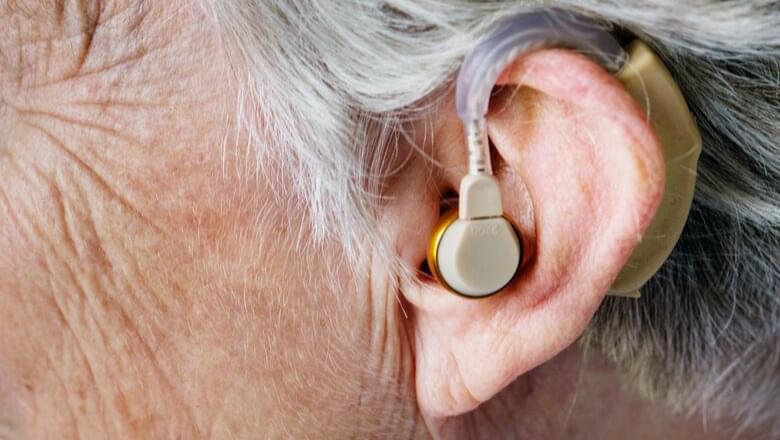An experimental procedure was found to improve the vision of patients whose eyes were damaged, according to a new study. NBC News’ Kristen Dahlgren has more on the procedure, which uses stem cells to restore the cornea.



Bank of Ireland has apologised for an IT glitch that meant some customers were able to withdraw money they did not have in their accounts at cashpoints.
The bank said it had resolved the “technical issue”, which had also allowed transfers beyond customer limits and had made its online banking and mobile app services unavailable.

People don’t go into Michael Angelo’s field to be cool.
“Pathology is like the chess club of medicine,” said Angelo MD, PhD, an assistant professor of pathology at the Stanford School of Medicine. You don’t join for status — you join because you love it, he said.
Still, Angelo got the idea for a pretty cool technology when he was a young pathology resident studying the origins and trajectory of disease.

Neuroscientists today report the first results from experimental tests designed to explore the idea that “forgetting” might not be a bad thing, and that it may represent a form of learning—and outline results that support their core idea.
Last year the neuroscientists behind the new theory suggested that changes in our ability to access specific memories are based on environmental feedback and predictability. And that rather than being a bug, forgetting may be a functional feature of the brain, allowing it to interact dynamically with a dynamic environment.
In a changing world like the one we and many other organisms live in, forgetting some memories would be beneficial, they reasoned, as this can lead to more flexible behavior and better decision-making. If memories were gained in circumstances that are not wholly relevant to the current environment, forgetting them could be a positive change that improves our well-being.

From marigolds to human babies, most complex organisms start as a single-celled embryo. In his new book, Ben Stanger explores what our humble origins could teach us about health and disease.
By Clare Wilson

Presented by iMerit.
In AI development, success or failure lies significantly in a data science team’s ability to handle edge cases, or those rare occurrences in how an ML model reacts to data that cause inconsistencies and interrupt the usability of an AI tool. This is especially crucial now as generative AI, now newly-democratized, takes center stage. Along with increased awareness comes new AI strategy demands from business leaders who now see it as both a competitive advantage and as a game changer.


AMOLF researchers discovered that stem cells first specialize into a functional cell and then move to their proper location—rather than the other way around.
Researchers at AMOLF, Amsterdam, and the Hubrecht institute, Utrecht, revealed a new model to show how stem cells specialize into functional cells. They found that their position in the organ is not as important as current models claim. Rather, stem cells choose their identity first and only then move to their appropriate position.
These discoveries were made using intestinal organoids and the new TypeTracker technique, which can now be used to understand other organs at the cellular level and the effects of mutations and medications. The findings were published on August 18 in the journal Science Advances.

As OpenAI and Google battle for artificial intelligence supremacy in the West, a parallel contest is happening in China.
Dozens of young Chinese startups as well as local tech giants Alibaba, Tencent and Baidu are developing machine-learning models to power chatbots similar to OpenAI’s ChatGPT. Five Chinese startups, including MiniMax and LangBoat, stand out from the startup pack when it comes to funding they’ve raised and their founders’ experience in the AI field.

The research, published in Proceedings of the National Academy of Sciences, used a genetic approach to fix deafness in mice with a defective Spns2 gene, restoring their hearing abilities in low and middle frequency ranges. Researchers say this proof-of-concept study suggests that hearing impairment resulting from reduced gene activity may be reversible.
Over half of adults in their 70s experience significant hearing loss. Impaired hearing is associated with an increased likelihood of experiencing depression and cognitive decline, as well as being a major predictor of dementia. While hearing aids and cochlear implants may be useful, they do not restore normal hearing function, and neither do they halt disease progression in the ear. There is a significant unmet need for medical approaches that slow down or reverse hearing loss.
New research from the Institute of Psychiatry, Psychology & Neuroscience (IoPPN) at King’s College London has successfully reversed hearing loss in mice.
This proof-of-concept study suggests that gene therapy for this type of hearing loss in humans may be successful in the future.